Points of interest
Points of interest
Let the journey begin!
Number of results: 659
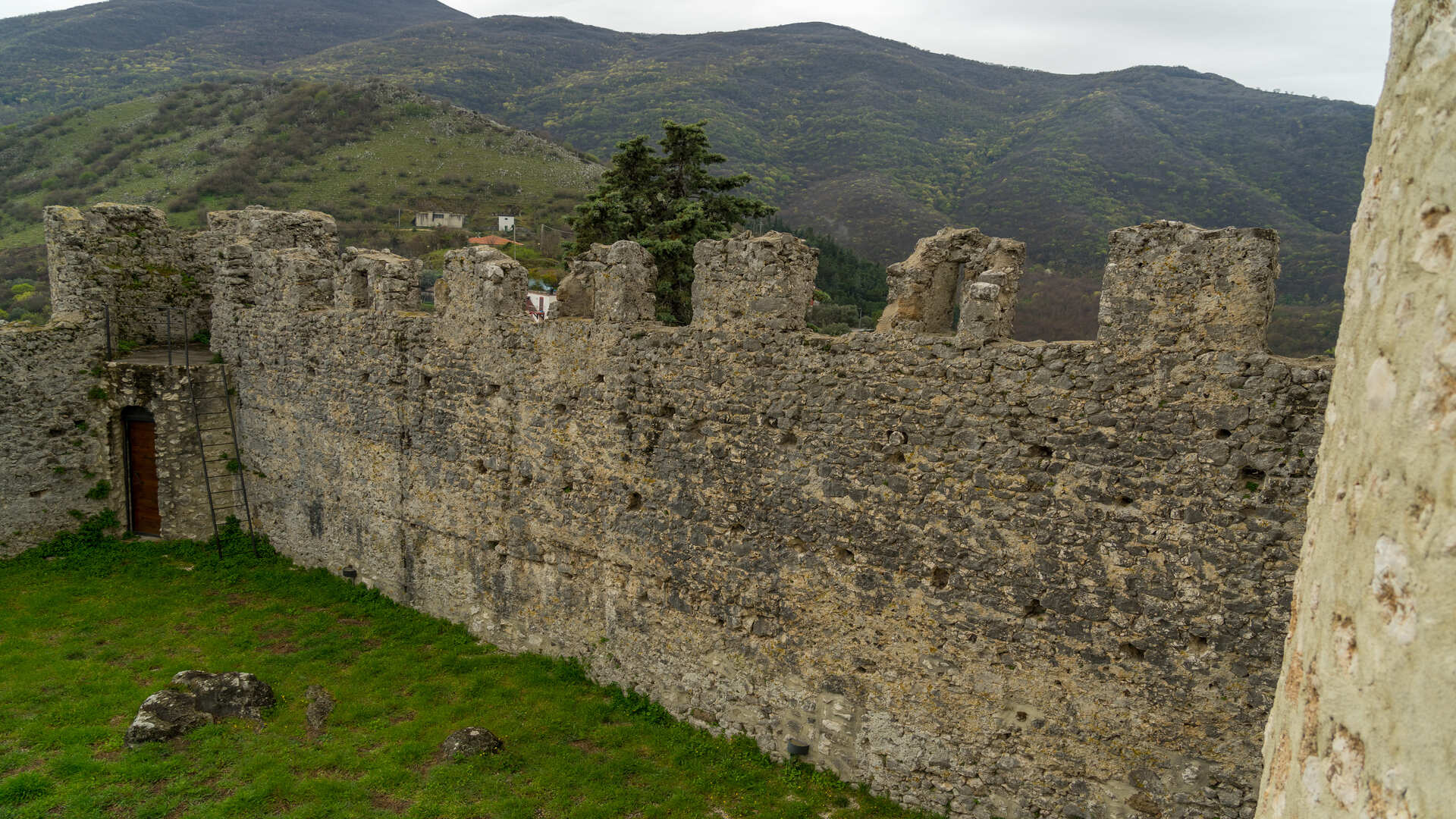

Castello Angioino di Roccapipirozzi
Molise
Roccapipirozzi is a hamlet of Sesto Campano and its fortress is located on the top of a hill around which the medieval village winds. During the Longobard domination the feud was owned by the counties of the Duchy of Benevento and then passed under Norman rule. At the beginning of 1300 the feud was assigned to Andrea and Nicola Rampini to whom succeeded the family of Ratta of Spanish origin hosted by the bride of Roberto d'Angiò. During this period were added to the fortress elements that better fortify it, think of the circular tower and the opening of the entrance, raised above the floor of the outer entrance.
Architecture
Villages and old cities
History and tradition
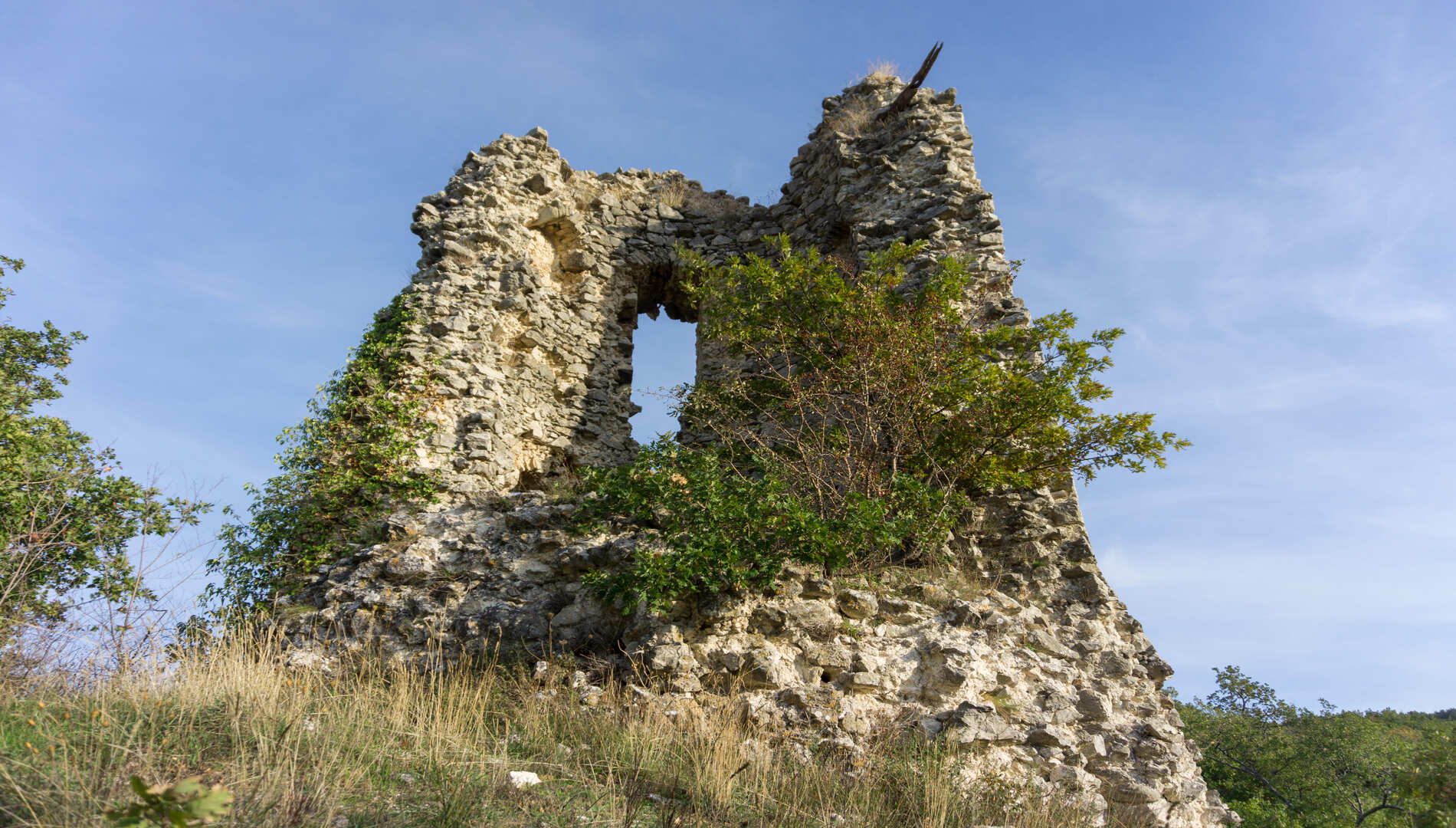

Torre di Santa Croce di Magliano
Molise
Of the Castle of Magliano, attested in documents of XII - XIII and probably used until '600, only a tower and some other remains survive. In fact, a few kilometers from Santa Croce, in the district of Magliano, there are the remains of a cylindrical tower with the masonry at the bottom of the slope, a tower that has always been considered the symbol of Santa Croce. It is located on the top of a hill, it is surrounded by a thick vegetation and it is visible from the new road that leads to Rotello.
Architecture
Villages and old cities
History and tradition
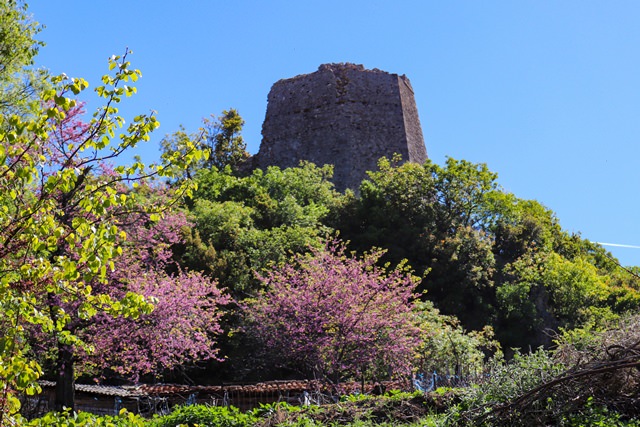

Kardhiqi Castle
Albania
The castle of Kardhiq, entitled Cultural Monument of 1st category in 1963, is situated near the village of Kardhiq, Municipality of Gjirokastër. It is...
History and tradition
Architecture
Villages and old cities
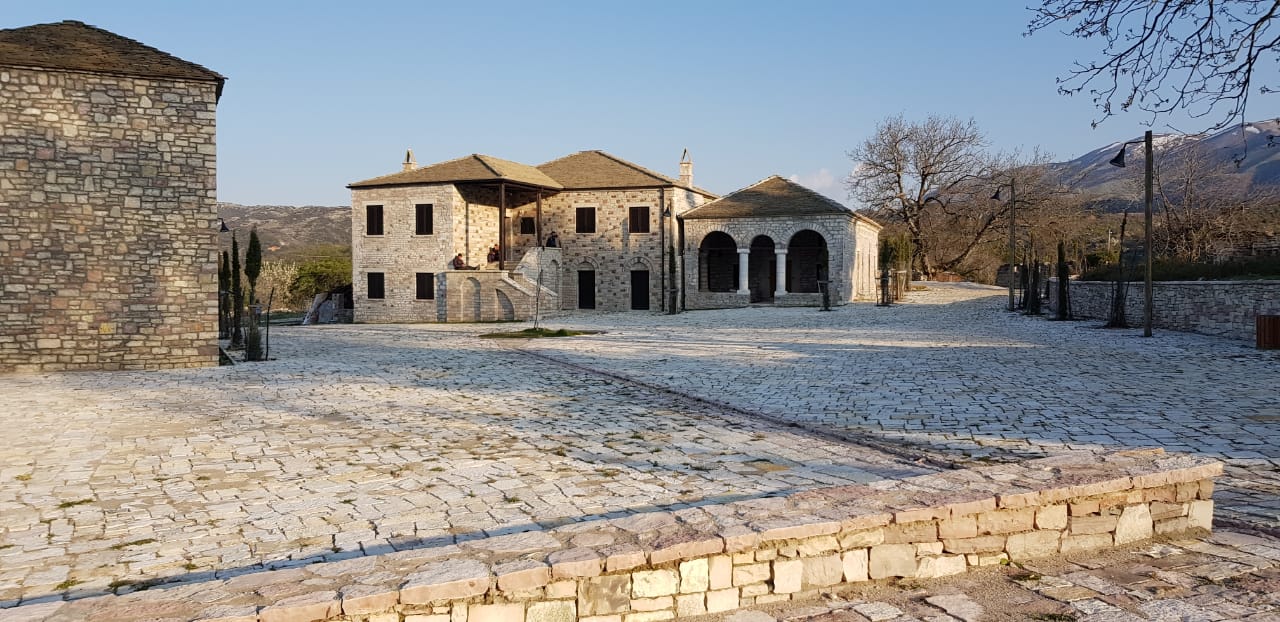

Nivica Village and Castle
Albania
Nivica is the largest village of the beautiful Kurvelesh province, with an area of 150 square meters. As if suspended on air, the village sits at 750 ...
History and tradition
Architecture

Melani Castle & Tekke
Albania
The Protected Area of Melani Castle is a cultural monument from 1963 with an area of 87 thousand m2 and the Chestnuts of Nepravishta. Also near the vi...
History and tradition
Architecture
Religious sites
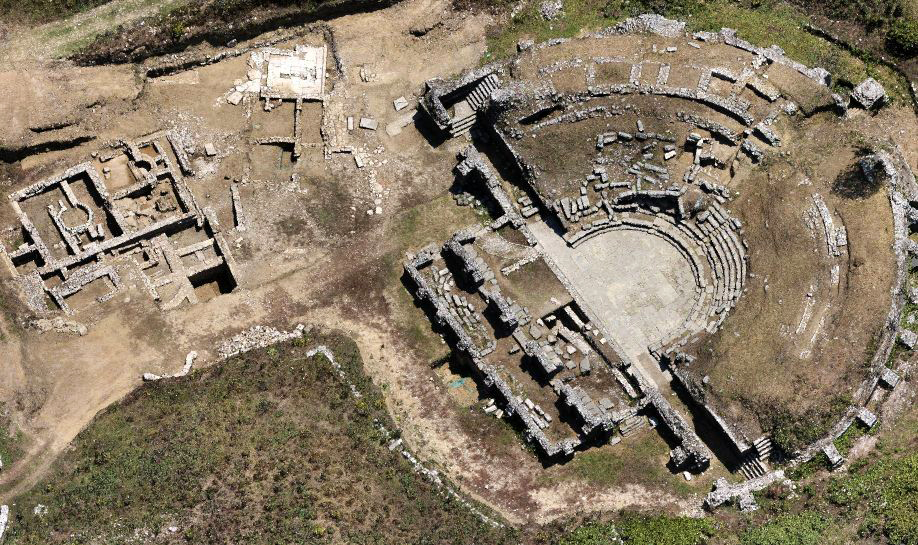

Sofratika Ancient Theatre
Albania
The ancient theater of Adrianople or Sofratica theater was built in the middle of the century. II BC. Sofratika Theater is located in the village of t...
Culture and Art
History and tradition
Architecture
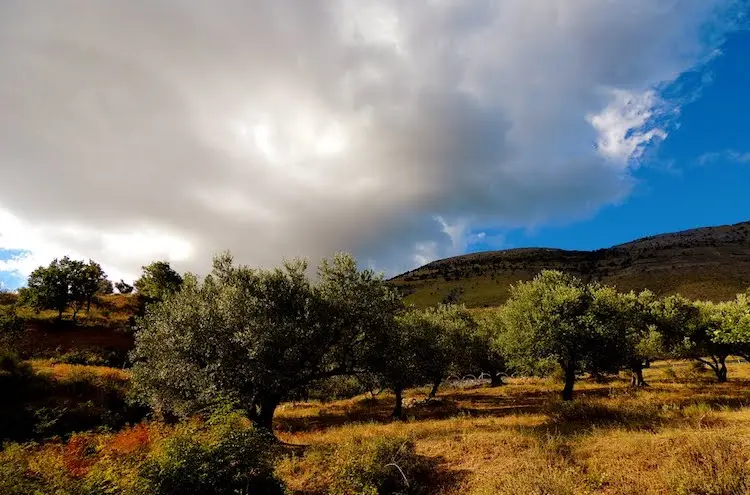

The Muzina Pass
Albania
Qafa e Muzines (pass) is located in Albania nearby to Muzine, Mali i Muzines, and Muzine. It is also nearby Dropull i Siperm and Lugar. It connects th...
Protected natural areas
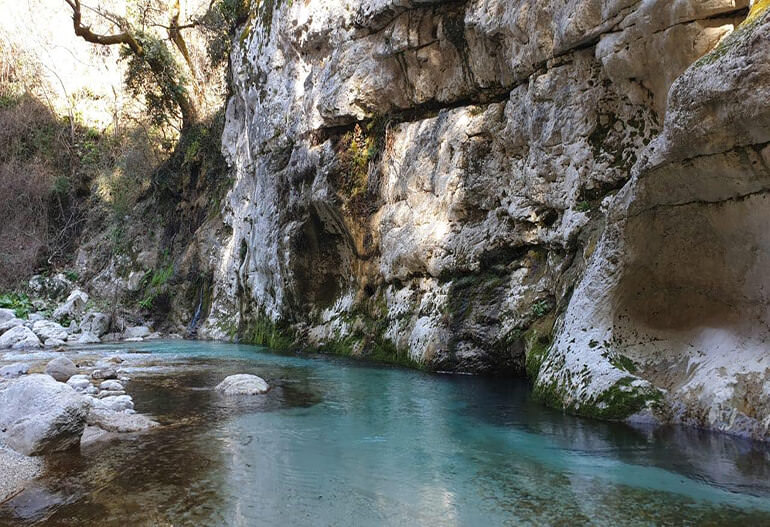

Nivica Canyon
Albania
Nivica Canyons is one of the most beautiful natural places in Albania. Taken together, the canyons are 40 km long and 15 km wide. In addition, the can...
Protected natural areas
Lakes and rivers
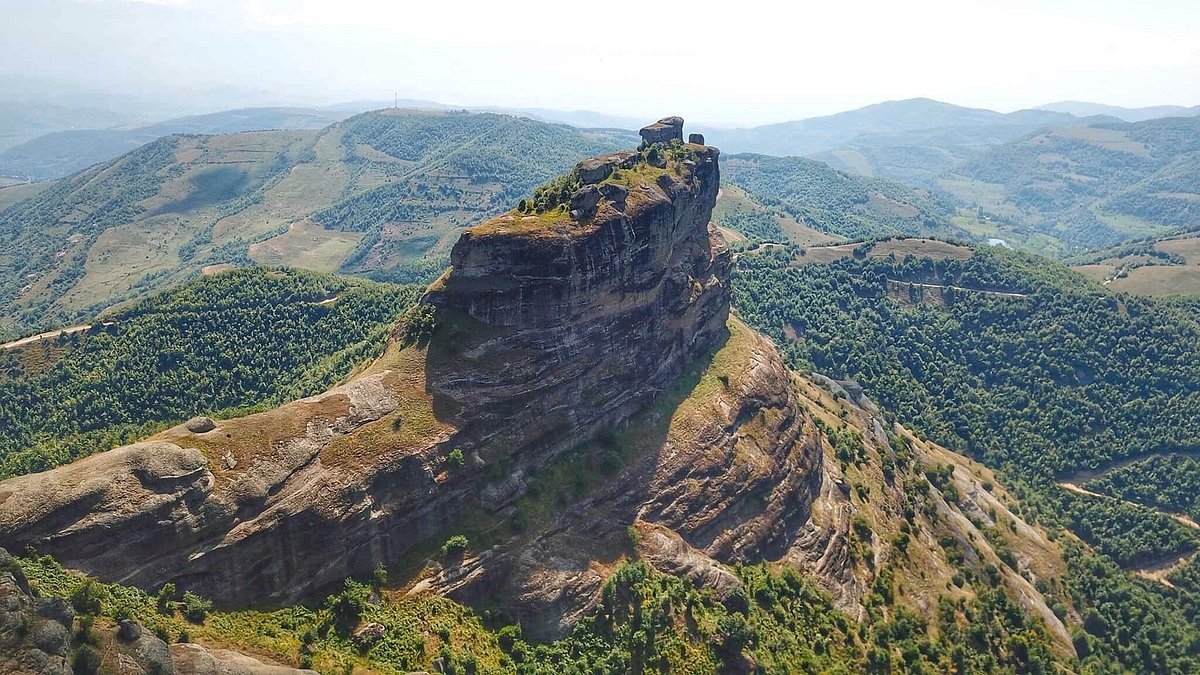

Guri i Kamjes
Albania
Guri Kamjes (Kamja Rock), is a massive rocky peak located in Progradec, Korca county. It is part of Monuments of Nature and a popular destination for ...
Protected natural areas
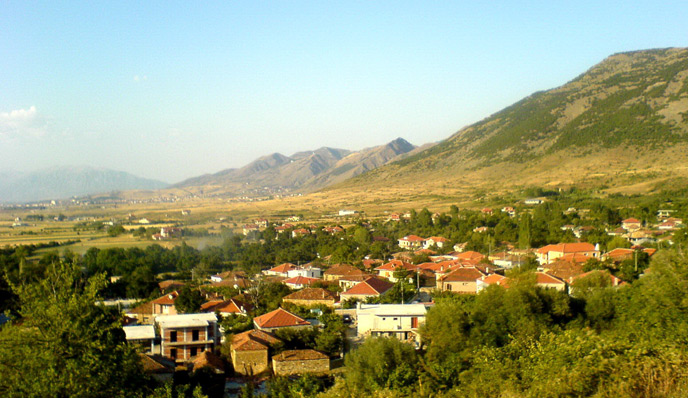

Boboshtica Village
Albania
Boboshtica (or Boboshtice in Albanian) is a village in Korca county, in the south-east of Albania. It is known for its amazing nature with fresh air a...
History and tradition
Architecture
Villages and old cities
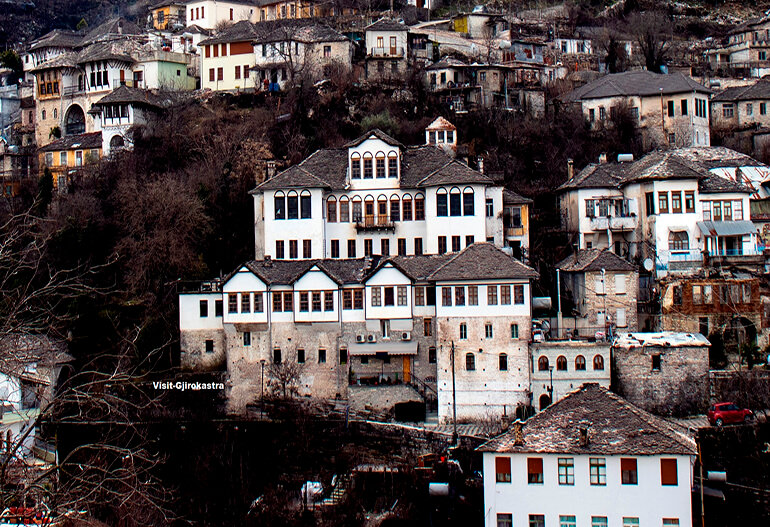

Traditional Houses of Gjirokastra
Albania
Today, the city of Gjirokastra lives between history and modernity and is famous for being one of Albania’s UNESCO World Heritage Sites. Built on exce...
History and tradition
Architecture
Villages and old cities
UNESCO heritage


Suha Bridge
Albania
The Suhë Bridge is located near the village of Suhë, 9 km southeast of Gjirokastra. It passes over the bed of the river Suhë, which has no water for m...
History and tradition
Architecture
.jpg/8b697858-8789-0ed1-cdb7-fb53a27a06d2)

The Castle of Ali Pashe Tepelena
Albania
The Castle of Tepelene, was proclaimed Cultural Monument of first category in 1963 and is situated in the North of the city of Tepelene, Municipality ...
Architecture
History and tradition
Culture and Art
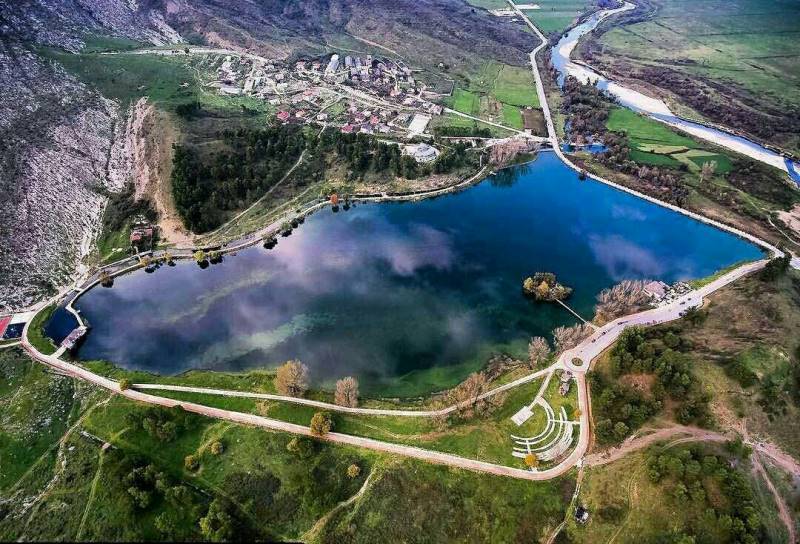

Viroi Lake
Albania
Located only 3km from Gjirokastra, Viroi Lake can be considered as the hidden paradise. It is a mysterious cave with crystal waters, and many undergro...
Lakes and rivers
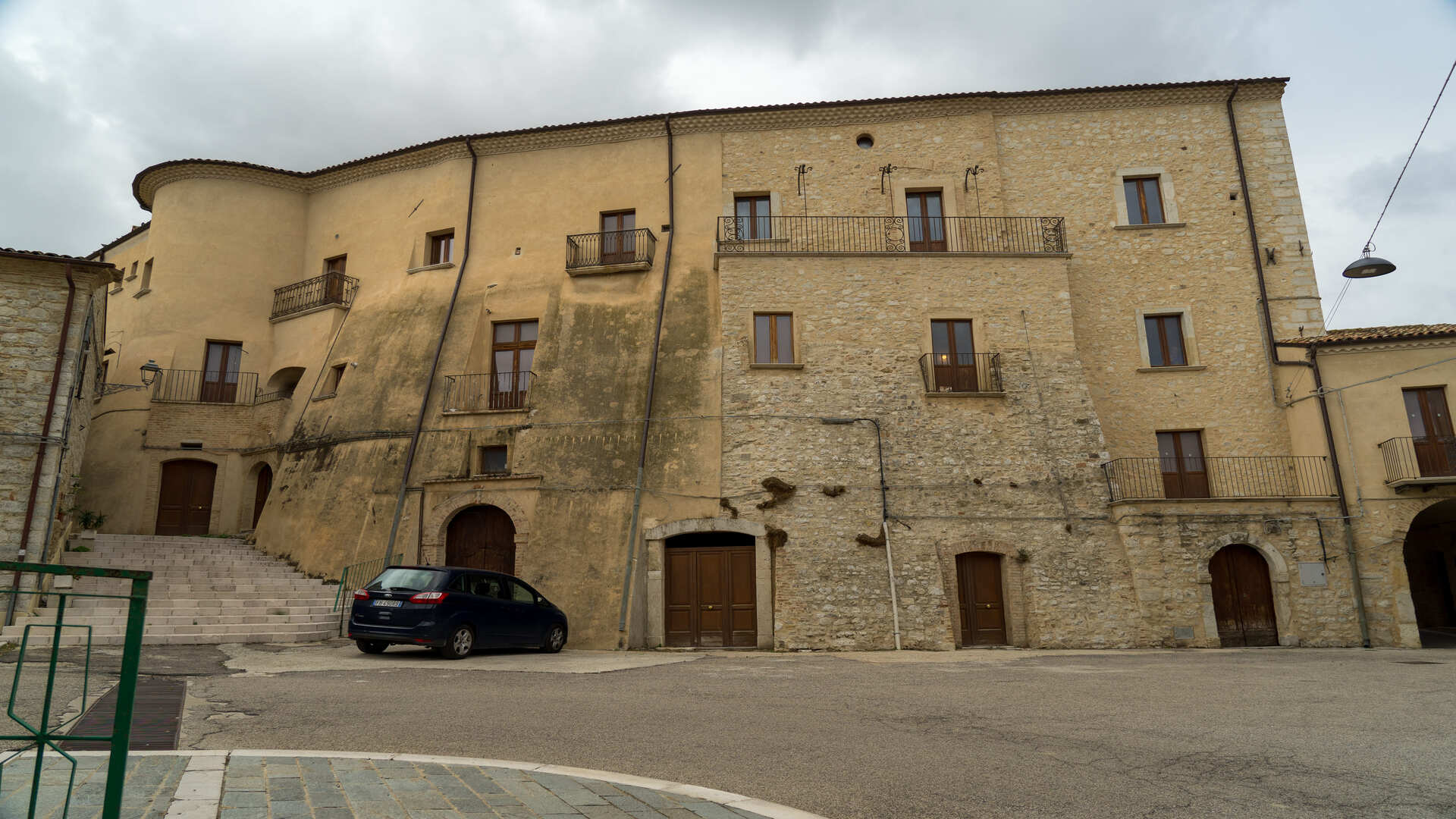

Castello di Rotello Palazzo Vecchio
Molise
The castle of Rotello, commonly called Ducal Palace, is located in the oldest part of Rotello, in the middle of urban structures and is also called Colavecchio palace, having belonged in recent times to the Colavecchio family, of which today one of the members is Dr. Felice Terracciano, a man of great cultural depth, as well as an acclaimed jurist.
On the origins of the castle of Rotello there are no written sources, we can only say that today's structure is the result of a series of renovations that have modified the original one.
Architecture
Villages and old cities
Culture and Art
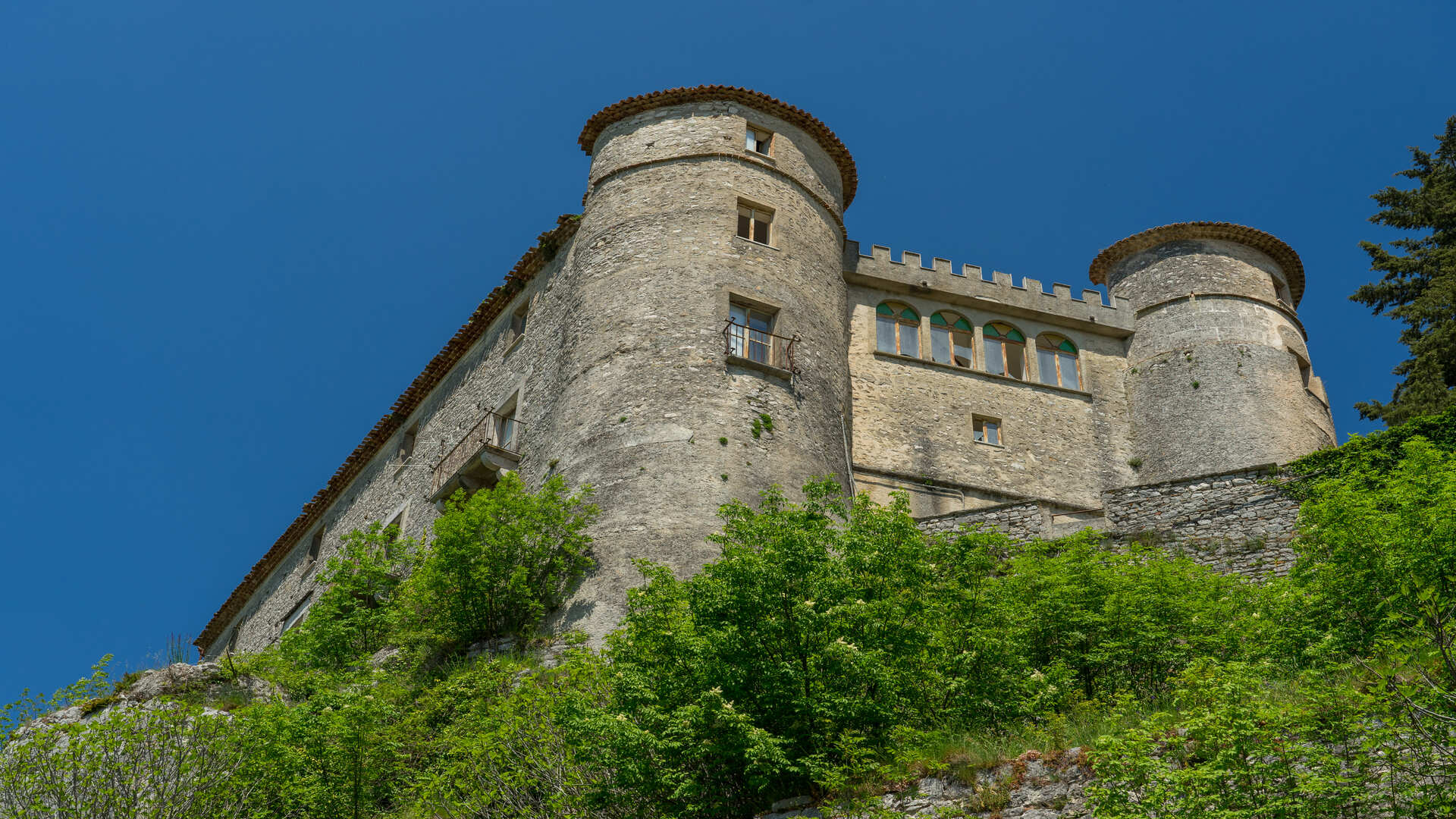

Castello Caldora Carpinone
Molise
Caldora Castle of Carpinone was probably built in the Norman period and from the time of its construction until the end of the thirteenth century the building was enlarged several times and equipped with major fortifications until it became one of the strongholds of Tommaso da Celano. In 1223, according to an edict issued by Frederick II of Swabia, the castle was destroyed by Ruggiero di Pescolanciano. It was then rebuilt during the 14th century by the d'Evoli family and during the 15th century it returned to its ancient splendor thanks to the efforts of Giacomo Caldora.
Architecture
Culture and Art
Villages and old cities
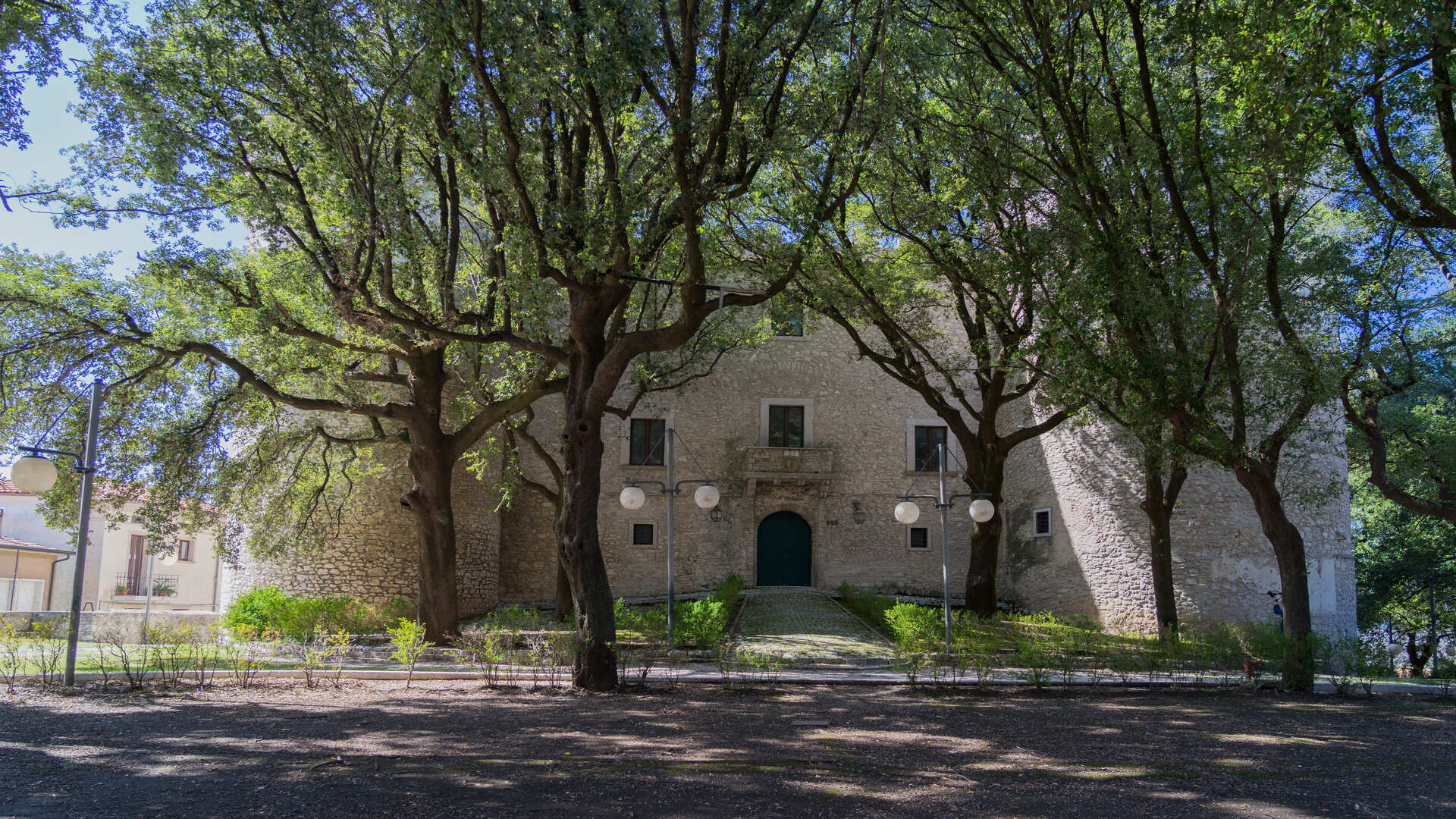

Castello Pignatelli di Monteroduni
Molise
The Pignatelli castle, with its beautiful crenellated towers, dominates the Volturno plain on the Isernia-Venafro road. In the past it was a key point of entry into the "Contado del Molise" as a lookout on the Via Latina. A first settlement nucleus, in the places where today the castle rises, dates back to the Samnite age. The origins of the castle-fortress instead date back to the Lombard period, when the population was forced to retreat to face the violent Saracen raids. It was with the Norman domination, however, that the castle, for purely military needs, was enlarged compared to the original Lombard structure and strengthened with the erection of walls, which also included some homes. In 1193 the entire country paid dearly for its deployment against the Emperor Henry VI in favor of the Norman Tancredi.
Architecture
Culture and Art
Villages and old cities
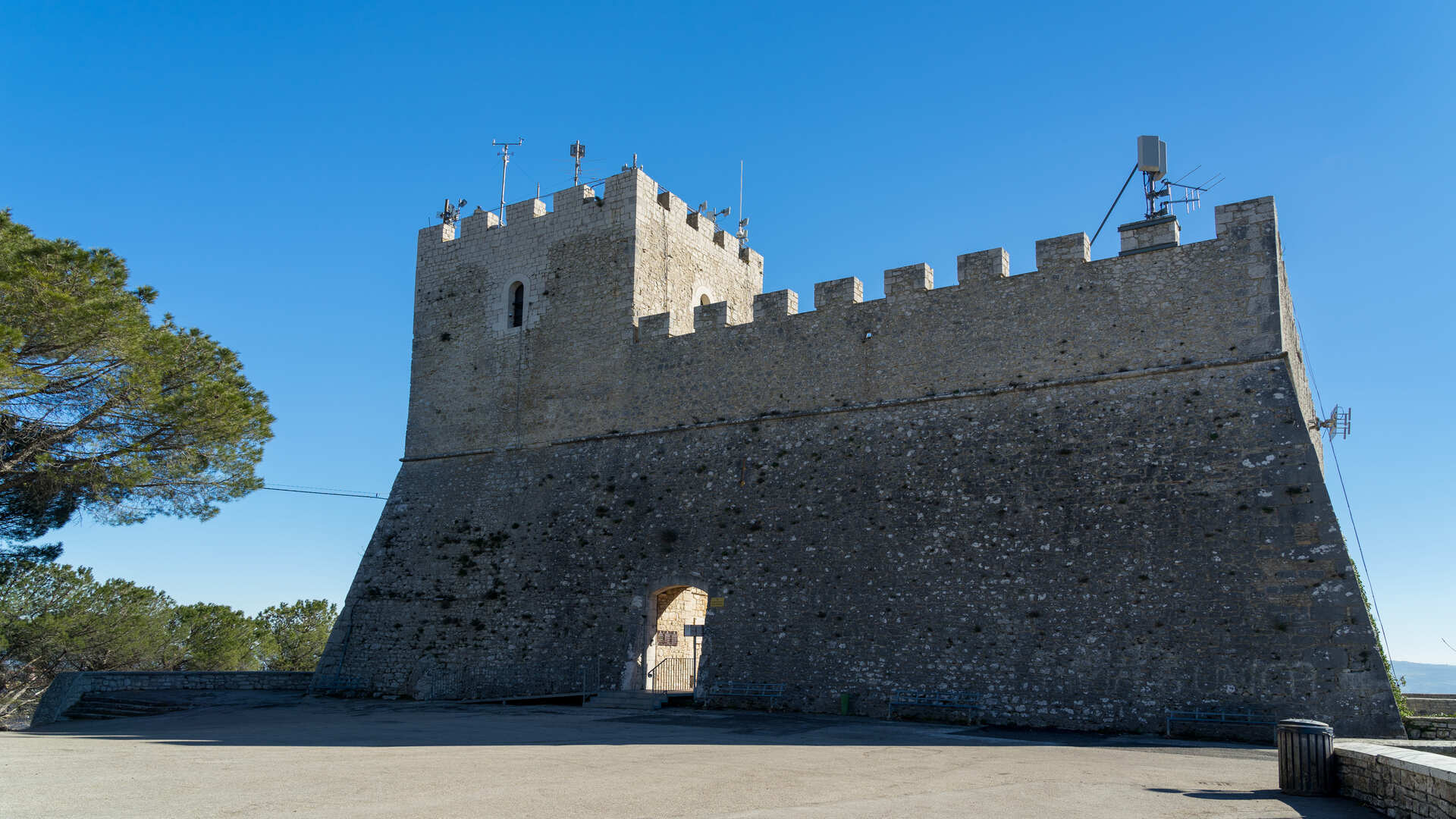

Castello Monforte Campobasso
Molise
The castle Monforte rises with a quadrangular plant on the calcareous rock of the mountain, it rises to escarpment with of the circular towers places to the edges and with a great rectangular tower, a mastio. The windows are few and square, at equal distances. The walls end with Guelph merlons. The castle was built in 1100 by Ugo II of Molise, above a Samnite settlement. The whole fortification underwent important
changes after the earthquake of 1348 and took its present shape in the middle of 1400 by Nicola di Monforte, who later completed the fortification of the castle and of the town of Campobasso. The geographic position of the feud of Campobasso was the best in absolute that allowed the control of the junction between Abruzzo and Puglia and that between the kingdom of Naples and the Adriatic Sea.
Architecture
Culture and Art
History and tradition
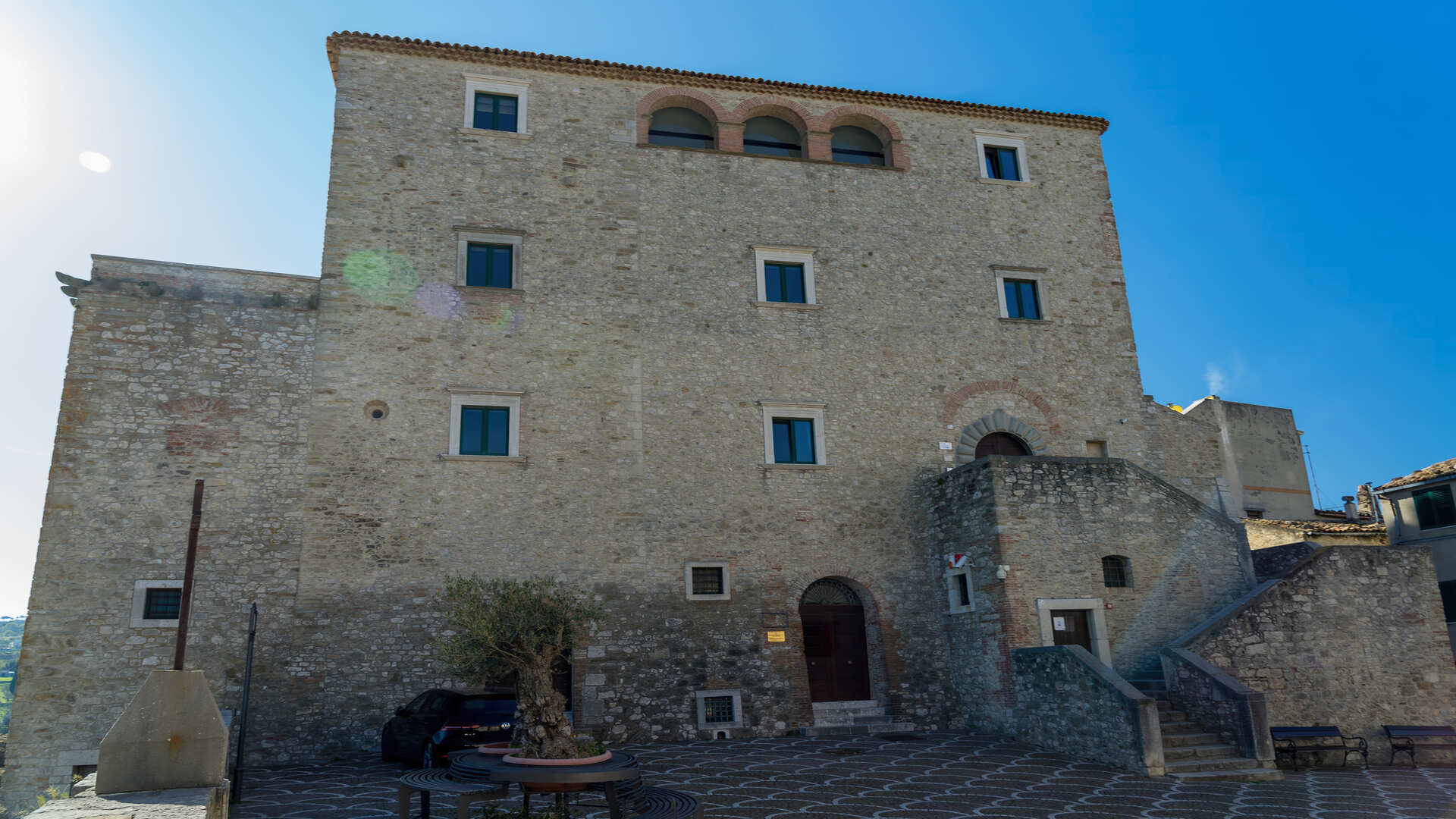

Castello di Capua Gambatesa
Molise
The castle is located on the Serrone hill, in the heart of the historical center of the town. It underwent various transformations over the centuries: from castle-fortress to castle-feudal residence in medieval times, finally, in the sixteenth century, in castle-renaissance palace by the feudal family of Di Capua. It then became baronial-marchesal property, then private, now state property. It looks like a medieval manor transformed into an elegant mansion in the Renaissance. Entering its rooms, one is fascinated by the sixteenth-century frescoes by Donato Decumbertino.
Architecture
Culture and Art
Villages and old cities
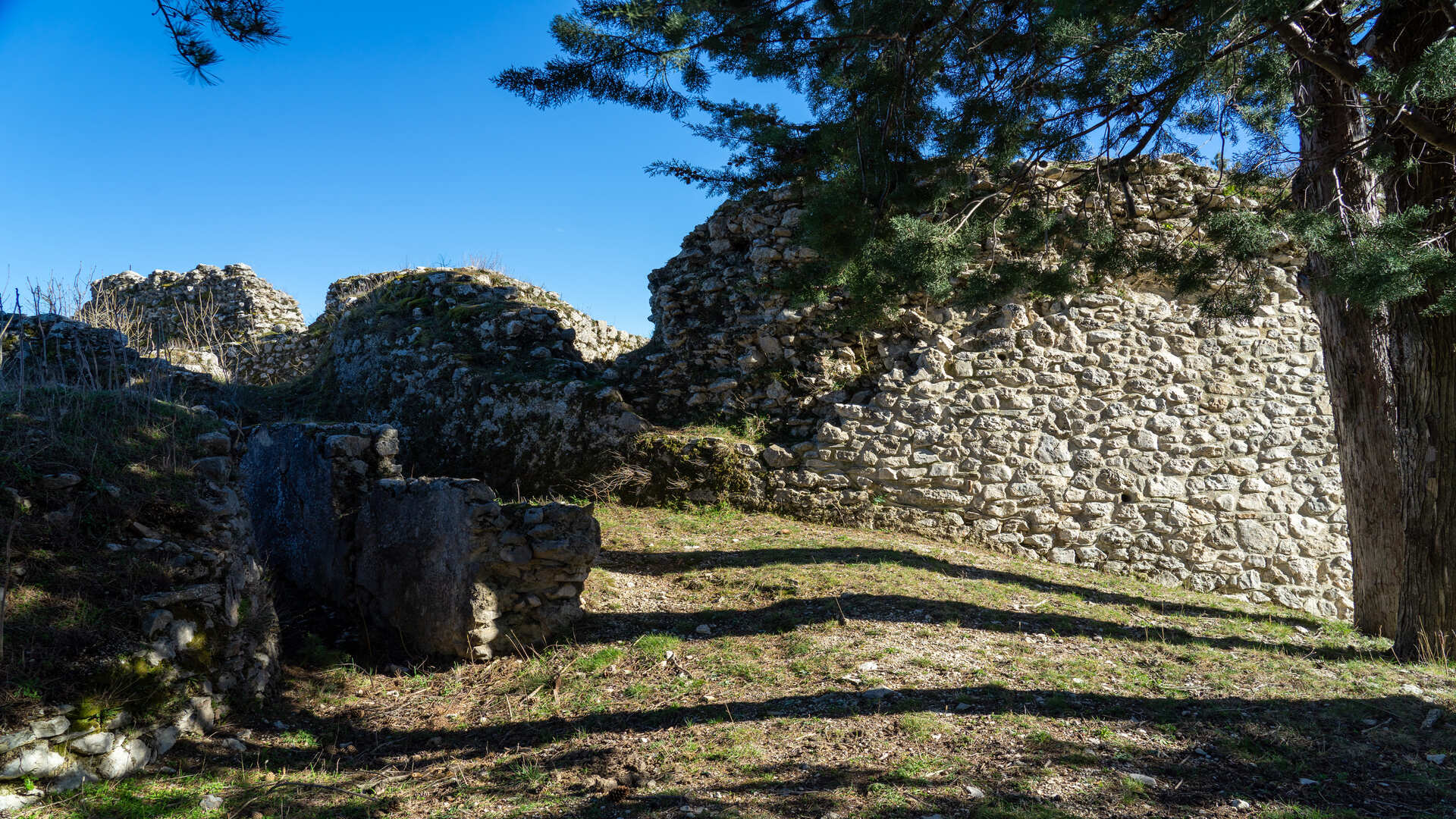

Ruderi Castello Pandone Civita Superiore di Bojano
Molise
Behind the small agglomeration of Boiano, on the Matese mountains, there are the ruins of the most ancient castle of Molise. Nearby were found traits of cyclopean walls that suggest a first fortification sannita reused in later periods. During the reign of Frederick II, the area is the scene of struggles between the representatives of the emperor and Judith, wife of Count Tommaso di Celano. In the Registrum Friderici II is made mention of the Civita: in a document of 19 October 1239 the emperor ordered to demolish the houses built near the fortress and to provide promptly to the maintenance of military structures.
Villages and old cities
Architecture
History and tradition
